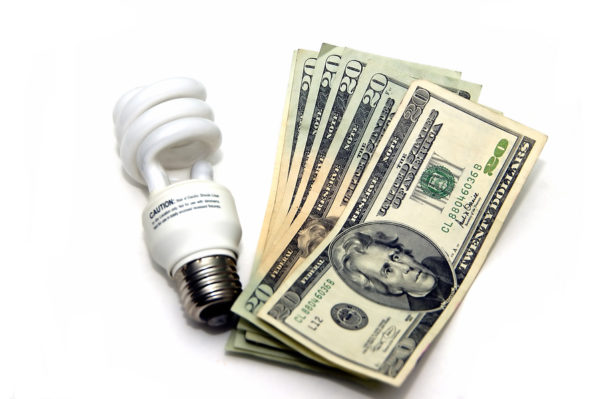Whether you’re trying to decrease your carbon footprint or just put some extra cash in your pocket each year, cutting energy costs in the winter months is one way to get there. Heating and cooling costs make up a significant percentage of your annual utility bills. By making adjustments in your home, you can reduce the amount of money you spend on energy. Check out these 9 energy saving tips for winter:
1. Adjust The Thermostat
According to the US Department of Energy, you can save up to 10% each year on your heating bills by lowering your thermostat by 10-15 degrees for 8 hours a day. For those who work outside the home, the best way to do this is to lower your thermostat when you leave for work in the morning and then bump it back up when you return home in the evening. For those who are home during the day, lower the thermostat when you go to sleep and use flannel sheets and a warm comforter to help combat the chill. If this is too much to remember, consider investing in a programmable thermostat so it will automatically adjust the temperature when you set it to.
2. Heat What You Use
If you have rooms that you rarely use such as guest bedrooms or rooms you use for storage, close off and seal the vents that go to these areas. This will help make your home more energy efficient and will direct airflow to the rooms you use the most. You can use space heaters to warm these areas when you need to use them.
3. Use A Humidifier
The air in your home can become very dry, especially in the winter when the heat is run more frequently. Moist air feels warmer than dry air and also holds heat better. By using a humidifier, you can make your home feel warmer and more comfortable, especially during the times you set your thermostat lower. The humidifier can also help prevent nosebleeds and dry eyes that are common when we run the heat during the winter. You can also increase the humidity in your home by bringing in house plants.
4. Use The Sun
One of the cheapest ways to heat your home in the winter is to use the sun for free heat. Open curtains and blinds on your south facing windows during the winter months to bring heat into your home. Close the curtains and blinds when the sun goes down to help keep the heat inside after dark.
5. Use Ceiling Fans
Ceiling fans are a great resource to use to get better airflow in your home. By running your fans clockwise in the winter, heat is trapped in your rooms keeping them warmer. Keep fans on a low setting to gently push warm air down into the room.
6. Insulate
We lose a significant amount of money each year by heat and air escaping from our homes due to insufficient insulation. Consider installing TAP (thermal acoustical pest control) insulation to keep this from happening to you. TAP is an energy star rated insulation made from 87% recycled newsprint and treated with a natural pesticide. This not only protects your home from pests but also keeps your HVAC unit running efficiently and can save you 20-38% on your energy bills.
7. Seal Leaks
Seal around your utility pipes, gaps around chimneys and recessed lights in insulated ceilings, and the unfinished spaces behind your cabinets and closets. Caulk and add weatherstripping around doors and windows. This will help keep air from escaping out of the house and help reduce your energy bills.
8. Bundle Up
Instead of cranking up the heat, put on warm clothes like sweaters and fuzzy socks. Keep throw blankets on your couches and use area rugs to keep your floors warmer.
9. Use LEDs
Whether it’s in your home or outside when you decorate for the holidays, using LED lights consumes up to 75% less energy and they can last up to 25% longer than traditional incandescent lights. They also emit less heat than traditional lightbulbs, making them a much safer alternative.

